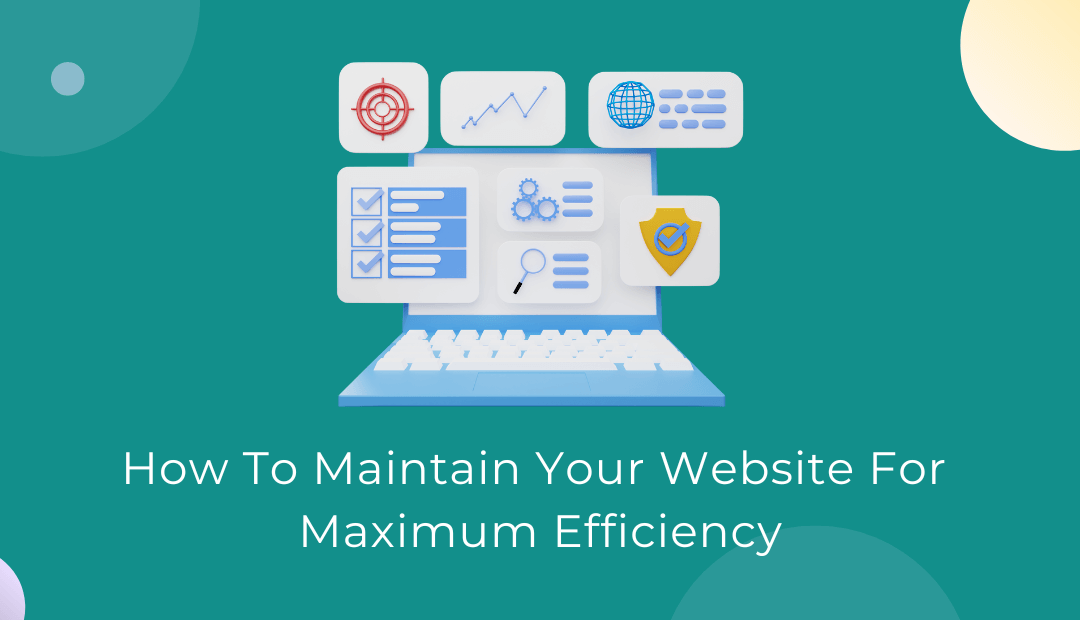Keeping your website up-to-date and efficient is essential for creating a positive user experience. By following these steps, you can reduce the amount of time and money spent on website maintenance, while keeping your site running smoothly.
How to Maintain Your Website for Maximum Efficiency
Ensure your website runs smoothly and efficiently with this easy guide to website maintenance. Save time, money, and effort by following our recommended steps.
Back-Up Website Data Regularly
Regularly backing up your website is essential. You should back up your data, images, and content at least once a month or whenever changes are made to the site. Having backups stored both locally and in the cloud will help ensure that if something goes wrong with your website, you have a copy of all the important information and can easily recover it.
Update Content and Remove Old Content
Keeping your website up to date is essential for both search engine optimization and user experience. Regularly updating the content and visuals of the website will help keep visitors engaged, while removing old and irrelevant pages can help improve your site’s navigation and overall performance. Additionally, make sure to test all updated content on all devices to ensure it functions correctly.
Security Monitoring and Updates
Security monitoring and updates are a key part of website maintenance. Make sure all plugins and software are regularly updated to the latest versions, as these often contain security fixes and bug fixes that can help protect your website from hacking attempts or other malicious activities. Additionally, make sure to use strong passwords for user accounts, reactive two-factor authentication where available, and use secure hosting platforms to help keep your website safe from data breaches or other cyber threats.
Keep an Eye on Analytics and Performance Statistics
Another great way to make sure your website is operating at its most efficiently is to keep an eye on the analytics and performance reports. These important reports can tell you which pages are performing well, what features your users prefer, and any areas of the website that could be improved in order to increase conversions or user engagement. Monitoring these statistics regularly can help you tweak and optimize your site for maximum efficiency.
Optimization for Search Engines and Mobile Devices
Search engine optimization (SEO) and mobile optimization are two of the most important practices for website maintenance. SEO involves optimizing website content to make sure it can be easily read by search engine robots, while mobile optimization is making sure your site is properly optimized to display properly on all kinds of mobile devices. This includes making sure the site is responsive, content loads quickly and pages have enough room to look professional without overcrowding or having ads get in the way. Focusing on these optimization strategies can give your website an edge in both organic search rankings and user experience.
In conclusion, maintaining your website for maximum efficiency requires ongoing effort and attention. By implementing regular updates, monitoring your website’s performance, optimizing its speed and security, and keeping your content fresh and relevant, you can ensure that your website operates smoothly and effectively.
Remember, your website is often the first impression customers have of your business, so investing in its maintenance is crucial for both your online presence and your overall success. By following the tips outlined in this guide, you can create a website that not only meets but exceeds your expectations, and keeps your visitors coming back for more.

